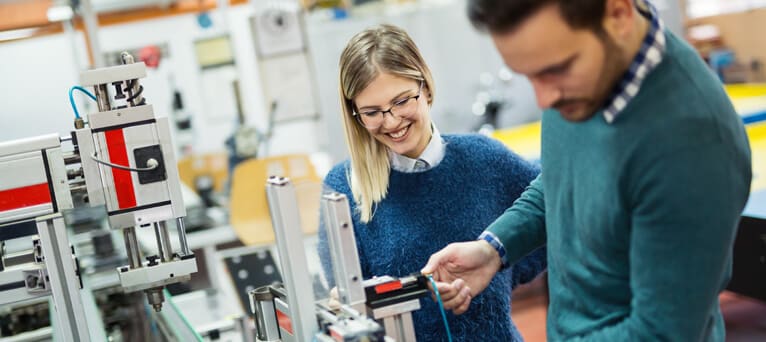For instructions on how to apply, please see: PhD Studentships: UKRI Centre for Doctoral Training in Socially Intelligent Artificial Agents.
Supervisors:
- Frank Pollick: School of Psychology
- Fani Deligianni: School of Computing Science
A problem with artificial characters that appear nearly human in appearance is that they can sometimes lead users to report that they feel uncomfortable, and that the character is creepy. An explanation for this phenomenon comes from the Uncanny Valley Effect (UVE), which holds that characters approaching human likeness elicit a strong negative response (Mori, et al., 2012; Pollick, 2009). Empirical research into the UVE has grown over the past 15 years and the conditions needed to produce a UVE, and reliably measure its effect have been extensively examined (Diel & MacDorman, 2021). These empirical studies inform design standards of artificial characters (Lay et al., 2016), but deep theoretical questions of why the UVE exists and its underlying mechanisms remain elusive. One technique that has shown promise to answer these questions is that of neuroimaging, where brain measurements are obtained while the UVE is experienced (Saygin, et al., 2012). In this research we propose to use the technique of realtime fMRI neurofeedback, which allows fMRI experiments to go past correlational evidence by enabling the manipulation of brain processing to study the effect of brain state on behaviour. In particular, we plan to use the technique of decoded neurofeedback (DecNef), which employs methods of machine learning to build a decoder of brain activity. Previous experiments have used DecNef to alter facial preferences (Shibata, et al., 2016) and this study by Shibata and colleagues will guide our efforts to develop a decoder that can be used during fMRI scanning to influence how the UVE is experienced. It is hoped that these experiments will reveal the brain circuits involved in experiencing the UVE, and lead to a deeper theoretical understanding of the basis of the UVE, which can be exploited in the design of successful artificial characters.
The project will develop skills in
- the use of animation tools to create virtual characters,
- the ability to design and perform psychological assessment of people’s attitudes and behaviours towards these characters,
- the use of machine learning in the design of decoded neurofeedback algorithms, and finally
- how to perform realtime fMRI neurofeedback experiments.

 Continue with Facebook
Continue with Facebook



